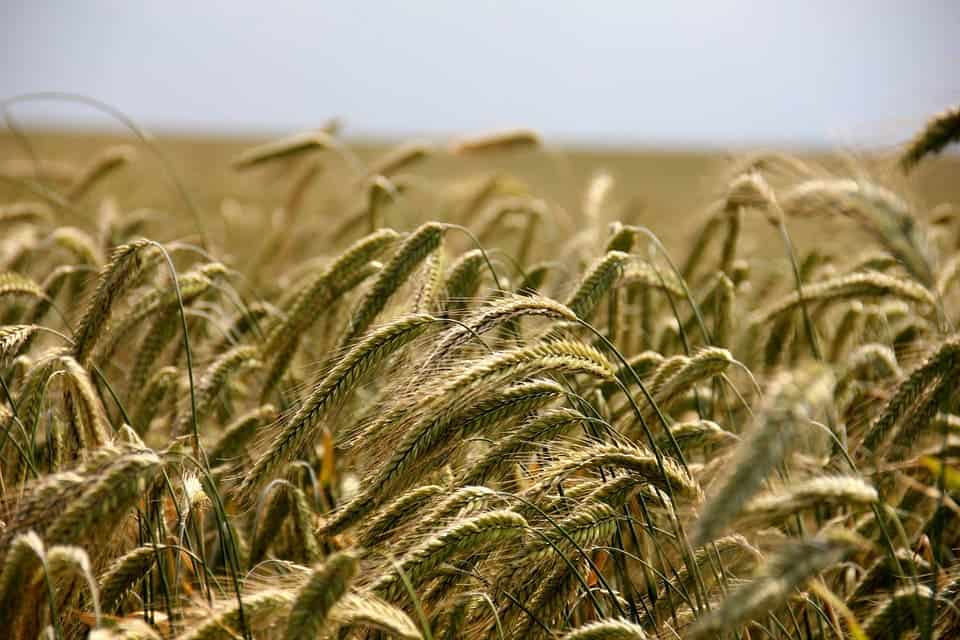
Many people are rightfully disappointed by how most conventional farmers grow food, which has springboarded a massive movement around ‘organic food’. This is supposedly food derived from crops and meat that’s been grown in a healthier and simpler manner, akin to how it was done in the good ol’ days before intensive agriculture. Because organic food has a smaller yield, buyers often have to pay a premium for the same amount of conventional-corporation-poisoned food — that’s a market worth $35 billion in the US. But is the price tag really worth it? Organic food buyers will tell you they’re not only providing themselves and family with healthier, better quality food — they’re also helping the environment. A recent study, however, suggests that’s not the case at all.
According to the study authored by Hanna Treu from Humboldt University of Berlin and colleagues, Germans who ate an organic diet required 40% more land to grow their food than those who ate a conventional diet. And in the end, the two diets had roughly the same carbon footprint.
These counter-intuitive findings can be explained by meat consumption. As we often write here at ZME, growing meat is the most unsustainable kind of agriculture, particularly beef, as it requires immense amounts of water, land, and feedstock. Organic meat even more. So, although the participants who ate a conventional diet consumed 45% more meat than those who preferred organic, their land use was far smaller.

These findings aren’t at all surprising given a previous study which found organic farms have a 20% lower crop yield than conventional farms.
Sales of organic food have grown by 20 percent annually, and experts predict that the industry’s share of the U.S. food market is expected to grow from about 2 percent to roughly 3.5 percent by the end of the decade. About 10,000 American farmers have made the transition to organic food production on about 2.3 million acres of land, according to the USDA’s Economic Resources Service.
If all US wheat production were grown organically, an additional 12.4 million hectares (30.6 million acres) would be needed to match 2014 production levels. If you extrapolate these numbers for the rest of the world, it soon becomes clear that organic farming is unsuitable as a mainstream option.
Bearing this, as well as the higher costs, in mind, it seems unlikely ‘organic’ food will ever become the go-to choice for most Americans. There simply isn’t enough room to farm it and it might not even be worth it. That’s because contrary to popular opinion:
- organic food uses pesticides;
- organic food is not healthier;
- organic food is not more nutritious;
- nor is it tastier;
- and more in a ZME Science in-depth look on organic food.
Journal reference: Hanna Treu, et al. “Carbon footprints and land use of conventional and organic diets in Germany.” J Clean Prod 161: 127-142. Published online: 2017.


